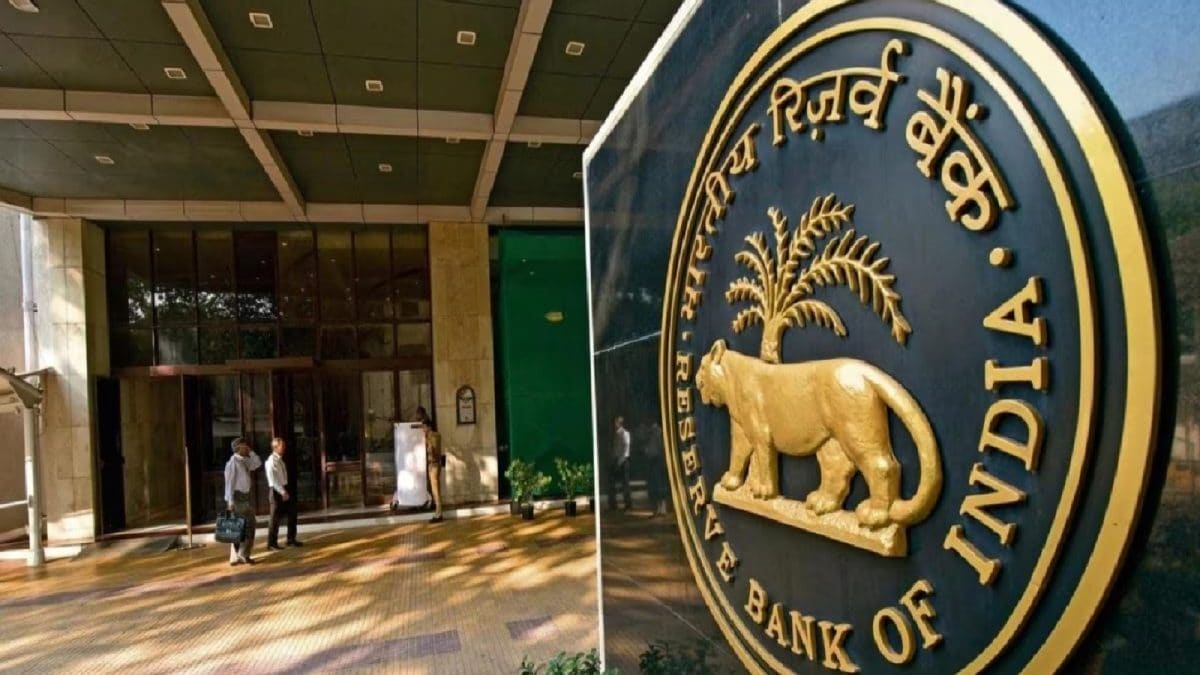 |
|
The Reserve Bank of India (RBI) is poised to make a significant announcement this Friday, February 7th, 2025, that could bring much-needed relief to millions of borrowers across India. The newly appointed RBI Governor, Sanjay Malhotra, is presiding over his first Monetary Policy Committee (MPC) meeting, and market speculation points towards a 25 basis points (0.25%) reduction in interest rates. This anticipated cut follows a two-year period of holding rates steady at 6.5%, a decision made in response to a complex interplay of economic factors. The move, if executed, would mark the first interest rate decrease since May 2020, during the height of the Covid-19 pandemic.
The rationale behind this potential rate cut is multifaceted. The recent Union Budget's emphasis on stimulating consumption-led growth provides a key impetus. By making borrowing cheaper, the RBI aims to invigorate the economy by encouraging increased consumer spending and investment. This strategy is particularly relevant given the current state of the economy, where consumer spending remains sluggish in a post-pandemic environment. Furthermore, the RBI's decision is also underpinned by the consistently controlled retail inflation rate, which has remained within the central bank's target range of 6 percent. This stability allows the RBI to act decisively on interest rates without the fear of fueling runaway inflation.
The potential impact of a 0.25% rate cut on individual borrowers will vary depending on their loan type and existing interest rate. For those with floating-rate loans (home loans, personal loans, car loans), a reduction translates to lower Equated Monthly Installments (EMIs). The article provides illustrative examples. A hypothetical home loan of Rs 50 lakh at 8.5% interest over 20 years would see a monthly EMI reduction of approximately Rs 607, equating to an annual saving of Rs 7,284. Similarly, a Rs 5 lakh personal loan at 12% interest over 5 years could experience a monthly EMI reduction of around Rs 133, resulting in annual savings of Rs 1,596. A Rs 10 lakh car loan at 9.5% interest over 7 years might see a monthly EMI reduction of roughly Rs 152, translating to annual savings of Rs 1,824. It’s crucial to remember that these are estimations, and the actual savings will depend on individual bank policies and their spread on the MCLR (Marginal Cost of Funds based Lending Rate). Borrowers with fixed-interest-rate loans will not see any immediate change in their EMIs.
The significance of this potential rate cut extends beyond the immediate financial relief to individual borrowers. It represents a broader strategic move by the RBI to stimulate economic growth. By making credit more accessible and affordable, the central bank hopes to encourage increased investment and spending, leading to a more robust and dynamic economy. The success of this strategy hinges on several factors, including the effectiveness of the rate cut transmission to borrowers and the overall response of consumers and businesses. The anticipated cut will also have implications for the Indian Rupee, which recently hit a record low against the US dollar. The RBI's statement accompanying the rate decision will be closely watched for its stance on managing currency depreciation and liquidity in the market. The upcoming announcement is not just about interest rates; it reflects the RBI's broader approach to navigating India's economic landscape.
While the 25 basis points rate cut represents a positive step, it’s essential to maintain a realistic perspective. The savings for individual borrowers, although welcome, might not be substantial enough to dramatically alter their financial situations overnight. However, the cumulative effect of these savings over the long term, especially for those with loans spanning 20 or 30 years, can prove significant. Furthermore, the article suggests the possibility of further rate cuts in the future, suggesting a continuing dovish stance by the RBI. This prospect offers additional opportunities for borrowers to benefit from reduced EMIs and improved financial flexibility in the coming months and years. The impact of these policy decisions on different segments of the population and their varying borrowing capacities should also be carefully considered when assessing the overall effectiveness of the measures.
The anticipation surrounding the RBI's decision underscores the importance of monetary policy in shaping India's economic trajectory. The interplay of inflation, growth targets, and currency stability forms a complex equation that the RBI must carefully manage. The market's reaction to the rate decision, as well as the accompanying commentary from the RBI, will provide important insights into the central bank's future course of action and the overall health of the Indian economy. The coming weeks and months will be crucial in observing the effects of this potential interest rate cut, not just on the individual borrowers but on the broader economic landscape of India.
Source: EMI Relief Soon? RBI Likely To Slash Interest Rates This Friday, Find Out How Much You Could Save
